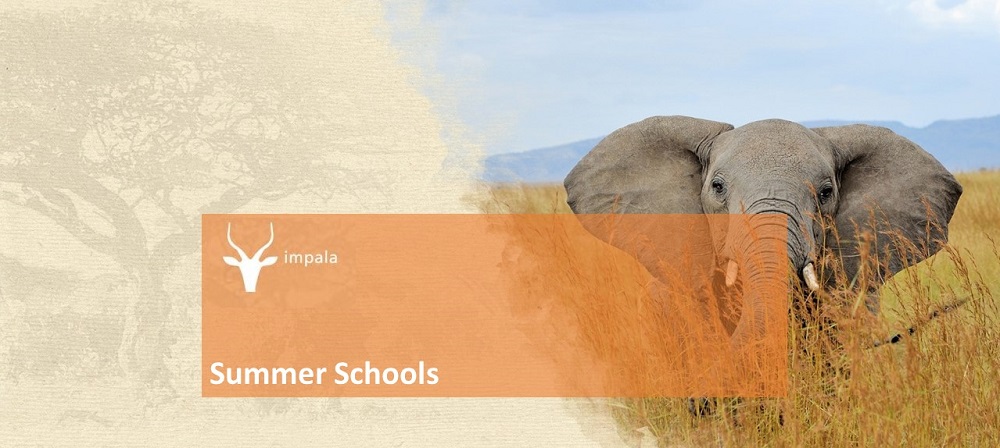Summer schools are becoming an important tool for universities to foster the process of internationalization, grow their international reputation, attract international students and, increasingly, generate profits. There are many models for summer school programmes and courses, serving different purposes. Before developing a summer school, higher education institutions should ask themselves what their aim is. This article presents possible reasons to set up a summer school and offers some summer school models.
What is a summer school?
A summer school is a programme of courses offered by a university during holidays. It may include one or more subject-related courses usually lasting one to four weeks, but in some cases even up to eight weeks. Students are engaged in full-time intensive classes and extra-curricular activities. A social programme is usually included as well. Summer schools offer a great variety of courses, helping students to revise a subject studied during the previous academic year, explore a known subject further or discover information related to a new interest. Summer school courses can provide credits that can be recognized within students’ formal curricula. The target group may be students enrolled at the university as well as international students and even the general public.
Why develop summer schools?
There are many reasons why a university might opt to develop and implement a summer school:
– To increase the internationalization level and international reputation of the institution, especially when the summer school is organized in collaboration with an international partner.
– To recruit international students, since a summer school course can be a means of attracting degree-seeking students.
– To internationalise the curriculum by offering a module from the local study programme to international students which serves then as ‘internationalization at home’.
– To generate income: summer schools are becoming big business for universities today, not only in the United States but also in Europe and South Africa.
This list of reasons could serve as a basis for deciding whether or not to start a summer school and which of the existing models to apply.
Different types/models of summer schools
The American model
Typical summer schools offered by American universities are made up of:
– Courses offered to secondary school students to prepare them for university
– Catch-up courses for enrolled students
– Courses to prepare enrolled students for spending a study period at another institution (abroad)
– Add-on programmes for students from other institutions (fee-based or covered by exchange agreements with partner institutions)
Language and culture summer schools
A common model is the local language and culture summer school. This kind of summer school may be open to the public or offered to visiting students with the aim of recruiting them onto regular study programmes, better integrating them into academic life or offering them a relaxed study period in an academic context during the summer holidays. In the South African context, this model is associated with summer schools on local languages and traditions.
Summer school courses linked to academic programmes
These summer schools are mostly aimed at Bachelor and Master students. They usually provide credits which will be recognized as part of the student’s regular study programme. Participation in these summer schools may be fee-based or regulated by exchange agreements with international partners (e.g. free participation in the summer school as a service in return for hosting students for a semester).
Summer schools within joint study programmes
Joint study programmes are a growing phenomenon, especially in Europe. These study programmes are characterized by the joint development of a curriculum by two or more institutions in different countries and by mandatory mobility periods for students. It is an increasing trend to offer a summer school as an integrated part of these two-year programmes (e.g. the Erasmus Mundus model). These summer schools may cover specific subjects or – increasingly – transversal and soft skills. While being mandatory for students enrolled in joint programmes, they can also be open to other international students on a fee-paying basis.
Model 1: Collaborative international summer schools within an established network
It is a common practice within university networks and associations to create a group of academics who serve as a scientific committee for the development of a summer schools on a specific subject or transversal skills. These summer schools are characterized by an international teaching staff and are attended mainly by students from the network members. The aim of these summer schools is to strengthen the academic cooperation among the network’s members and to foster intra-network mobility.
Model 2: A collaborative international summer school for reflecting on a topic of global relevance
A summer school can also be developed by an international academic community interested in reflecting on and discussing a specific topic. These summer schools often focus on a particular research field and are developed with PhD students, who are usually the main target audience for the courses. They are often linked to scientific symposia and conferences.
Model 3: Summer school designed to generate profits to be reinvested in internationalization
These summer schools are usually developed by a single institution and aimed at an international audience. They can also serve as a means of recruitment. The organizing university reflects on its strengths and uniqueness (developing a ‘unique selling proposition’), decides on the topic(s) and develops the course(s) and an attractive social and integration programme. The target audience is students from partner institutions and other international students paying a fee which covers all costs. This type of summer school allows the organizing university to generate income which is reinvested, usually in the internationalization of the institution. These schools are characterized by a carefully developed marketing strategy.
This article has been inspired by the publication: “International Summer Schools” EAIE toolkit n° 5, edited by Jeroen Torenbeek and Inez Meurs. The authors of the booklet have also been involved in the IMPALA project as trainers.


